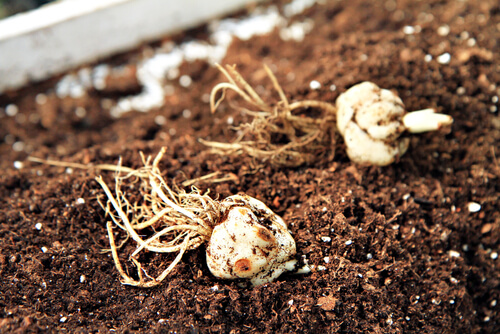
Do you love lilies as much as we do? The lily comes in a wide variety of shapes, sizes, and colors. With hues of gold, pink, red, white, and purple petals, these perennial flowers have a striking visual aspect defined by their trumpet-shaped flower formation and tall stem.
The Italians have a special place in the hearts reserved for the lily, as the country’s national flower. However, you don’t need to have an Italian heritage to enjoy these beautiful plants. Lilies grow easily in well-drained soil and survive the winter season to flourish the following year.
The most popular garden varieties of these flowers include the Oriental and Asiatic lilies that bloom in early summer. The Asiatic kind grows with a short stem, while the Oriental varieties can reach up to 4-feet in height.
If you’re considering planting a few lilies in your garden this year, follow our advice to ensure you give your plants the environment they need to thrive.
1. When to Plant Your Lilies
While it’s a common occurrence to plant most flowers in the early spring, Lilies require planting in the months before the winter chill arrives. Lilies grow from bulbs, not seeds. Therefore, they develop roots during the winter months, and by the time the spring comes, the plants are ready to reach for the heavens and flowers.
Some gardeners believe that the colder the winter, the bigger the lily, and the larger the flowers become in the summer. If you’re growing your lilies in pots, then feel free to plant them at any time of the year. Buy your bulbs as close to your planting time as possible.
Bury the bulbs 12-inches below the soil surface and water before covering with loose topsoil. We recommend that you fertilize your soil a few weeks before planting. Add nitrogen and magnesium, water lightly and leave the earth to rest for at least 3-weeks before planting bulbs.